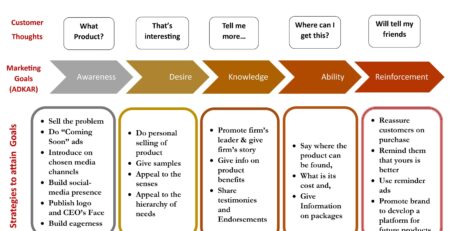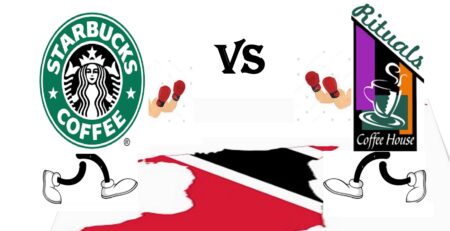Basic export strategies – Understanding Uppsala, Network and Born-Globals
Introduction
Are you thinking of exporting that product and /or service? If yes, I would like to tell you about some of the approaches firms have undertaken while trying to get their products beyond their shores. Understanding these different approaches can help you to develop your strategies and even assess the strategies of your competitors.
We at Winnow would like to provide you with some insight into internationalization. so that you can be a little more prepared when you decide to embark on expanding your operations beyond your domestic shores.
It should be noted that these are the basics of internationalization theory and strategy and further in-depth analyses are required for the creation of a comprehensive strategy. If needed we can help
Uppsala /Stage Methods of Internationalization
Firstly we begin with the Uppsala or Staged internationalization theory. This internationalization process is considered traditional. The Strategy here is rather conservative where the focus is to build the company home first before you venture outside. The focus here is placed on the size of the company, the age of the company, the financial reserves and the market share of the domestic market BEFORE even thinking about internationalization. Uppsala, in the eyes of those practising it, gives the company a solid footing first before they venture out of the country. The focus at first is to build the foundation and pursue opportunities elsewhere later.
Although this method enables the firm to be able to weather the storm better than those firms that venture out quickly without the foundational structure, they also take a longer time to explore other markets, miss new opportunities in other countries and would most likely not be the first-mover to new territories
Eventually, when these firms do internationalize, in their true conservative nature, they focus mainly on countries similar to them….. So the firms in the USA may choose the Canadian market, European firms may choose European markets and CARICOM firms choose other Caricom states as markets. In other words, they export to places with less psychic distances
Network Methods of Internationalization/Exporting
The Network Theory focuses on relationships. This means that firms that work together providing inputs or avenues for outputs tend to internationalize together.
Therefore a company may find it more appealing if it internationalizes to another country where its supplier has already gone. This means that when a company internationalize with its supplier it can foster a similar relationship in another territory as they do in the domestic market.
This means that they reduce the risk of internationalizing because of their associations. It must also be understood that internationalizing may not be only with suppliers or distributors of the products but Network Theory views domestic competitors as associates also. It has been found that competitors within the domestic market tend to work with each other while they are in a foreign territory.
This makes the network approach very interesting as it allows for “co-opetition”. Domestic rivals tend to share, information, cost, networks, assets and in some cases even personnel.
This method is also somewhat as conservative as the Uppsala method. Firms using this method tend to choose other markets where they believe that risk, due to the presence of associates is less, This belief can be wrong though, and an in-depth analysis of the market must be done.
Born Global Companies’ methods of exporting
Finally, we highlight the born global companies. These companies internationalize soon after inception. Through the use of technology, they are capable of making arrangements to sell directly to the customer in another country. Born Global companies are consistently attempting to find clients for their products, or, in some cases, produce products that foreign customers want.
These companies are usually structured to be very responsive to customer needs (agile) and rely heavily on technology for their communication, logistics, production, business transactions and marketing. Their strategy is usually not focused on choosing between the local, regional or foreign markets but rather they search the world for new customers
It should be noted that in practice these theories should not be looked upon as distinctive from the other. Many companies that I have worked with have found ways to combine the traits of each model to fit their needs. For instance, a company can solidify its position in the domestic market while simultaneously looking for foreign customers. These combinations can be due to response to risk, the industry, the context, the presentation of opportunities and even the gut feeling of the owner.
In PART II we will discuss some of the research I have done in this area and how it is relevant to those wishing to market and export internationally.
For further discussion on how you can tailor these strategies for your firm feel free to contact us at Winnow Consultants and Associates. 1 868-461-7201 or email us @ talktous@winnow-group.com






Leave a Reply